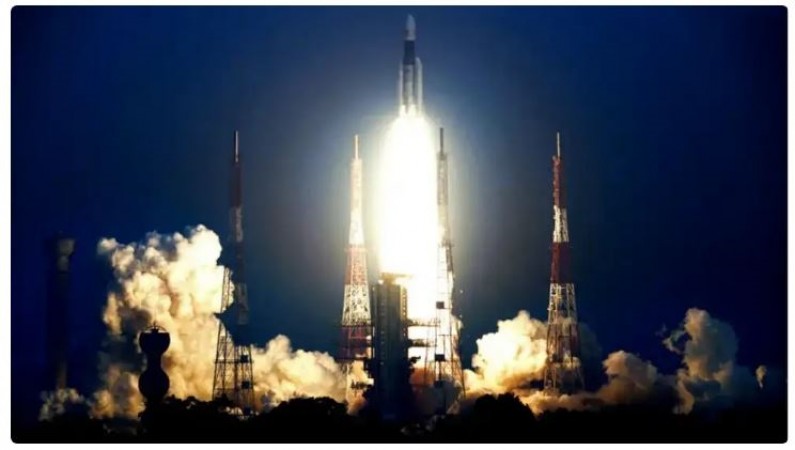
India's space endeavors have taken a giant leap forward with the Gaganyaan Program, a groundbreaking initiative by the Indian Space Research Organisation (ISRO). This ambitious mission is set to make history, bringing India into the realm of human space exploration.
A recent update on the Gaganyaan Program was presented in the Lok Sabha, shedding light on the current status of this visionary undertaking. ISRO, as the spearhead of the project, will oversee program coordination, systems engineering, and implementation, emphasizing their commitment to national space exploration.
The Gaganyaan Program entails the development of a human-rated launch vehicle, a crew escape system, an orbital module, and essential infrastructure. ISRO plans to tap into its in-house expertise and collaborate with industry, academia, and national agencies. Private players within India's space sector have also contributed valuable expertise, enhancing the program's potential.
The inception of the Gaganyaan mission dates back to 2006 when preliminary studies and technological development commenced. Originally slated for a 2021 launch, the mission's timeline was affected by the COVID-19 pandemic, but the target now stands at 2023.
The primary objective of the Gaganyaan Program is to demonstrate India's capability to conduct human spaceflight missions to Low Earth Orbit (LEO). This mission will serve as a stepping stone for a sustainable human space exploration program in the long term.
The program's scope encompasses two unmanned missions and one manned mission, all approved by the Government of India. The estimated cost of the Gaganyaan Program is approximately INR 9023.00 crores.
Key components of the Gaganyaan orbital module include a crew module designed to transport astronauts, a service module powered by two liquid-propellant engines, and a total weight of around 8000kg. Notably, the module will be equipped with emergency escape and mission abort capabilities.
For the launch, ISRO has designated the GSLV Mk III, also known as the LVM-3 (Launch Vehicle Mark-3), a three-stage heavy-lift launch vehicle, chosen for its payload capacity.
The Gaganyaan Program offers a plethora of benefits for India, both tangible and intangible. These include advancements in technology, the potential for solar system exploration, sample return missions, and scientific exploration. It also opens doors for international collaboration in space station development and provides opportunities for academia-industry partnerships. Furthermore, the program is set to generate employment and promote human resource development, particularly in science and advanced R&D activities.
Perhaps the most profound benefit is the inspiration it offers to the nation's youth. The Gaganyaan Program aims to excite and engage Indian students and inspire careers in science and technology. It encourages the pursuit of knowledge, innovation, and creativity, igniting the imagination of young minds.
On an international scale, India's robust human spaceflight program can serve as a potent foreign policy tool, fostering partnerships and contributing to global security. By sharing common goals of peaceful exploration, India is poised to strengthen its role in the global space community.
Before the crewed mission, the Gaganyaan Program will conduct uncrewed missions focused on technology demonstration, safety, and system reliability verification. These missions will be meticulously instrumented to evaluate system performance in preparation for the historic manned flight.